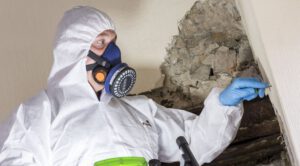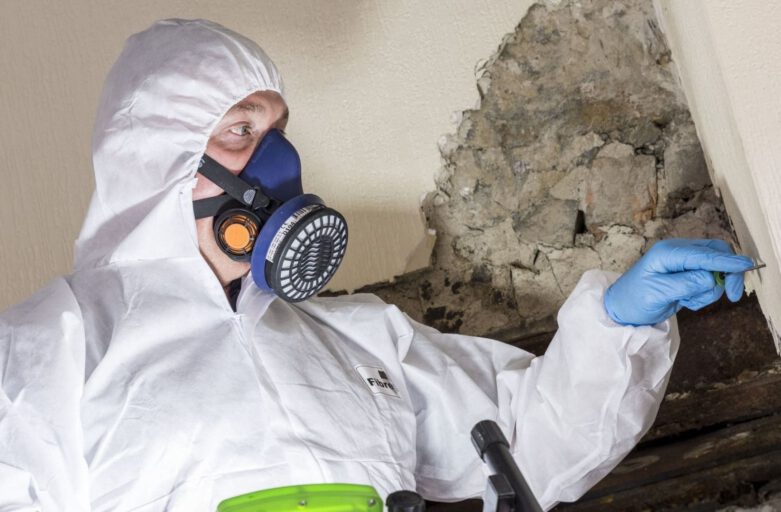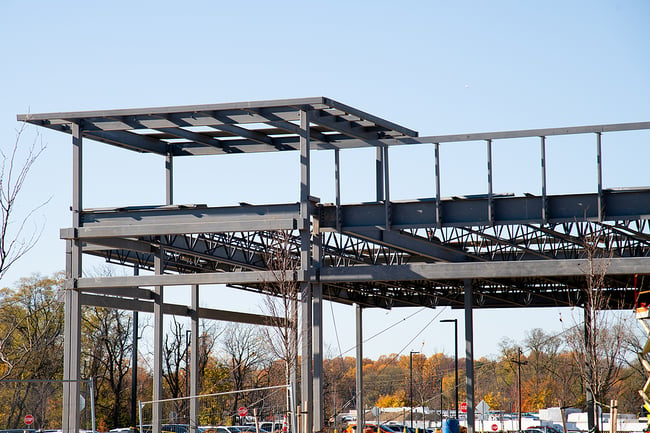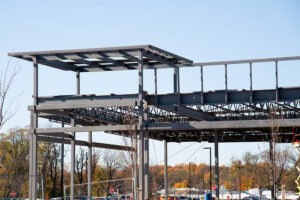Generally, asbestos materials in good condition and not disturbed do not pose a health risk. Damaged asbestos can release harmful fibers that can be inhaled or ingested.
Asbestos abatement identifies, repairs, removes, or encapsulates asbestos-containing building materials in structures. This includes demolition and renovation. For more details, visit https://www.perthasbestosremovalwa.com.au/.
Before asbestos removal can begin, the contaminated areas are decontaminated to prevent the spread of dangerous asbestos fibers throughout a house or other structure. Contractors must remove all traces of asbestos in the work area, including dust and fibers in clothing and hair, and clean any equipment they bring into the work area. They must also seal the area to keep airborne asbestos fibers from entering the rest of the building. Finally, workers must shower before leaving the regulated area and must wear street clothes when they leave.
A critical barrier is one or more layers of plastic sealed over all openings into a regulated work area. Other physical barriers may be used to separate the regulated work area from adjacent spaces. They should be located at the perimeter of the regulated work area, and must be placed in accordance with the recommendations of the National Institute for Occupational Safety and Health, or the Director.
In addition to a critical barrier, there must be an equipment room, shower area and a clean change/changing room for the decontamination of workers, materials and equipment. The equipment room must be separated from the regulated area by an asbestos contaminated waste container pass-out airlock, or a decontamination enclosure if no separate airlock has been constructed.
Upon exiting the regulated area, workers must immediately remove their respirator, and then wash any visible asbestos contamination from their clothing and footwear in a shower that is not adjacent to the regulated work area. They must also wash their hands before eating, drinking, smoking, chewing gum or tobacco and using the toilet. After all of this, they must don their street clothes in the clean change/changing room and then enter the nonregulated area of the building through a trash container pass-out or decontamination airlock (or through the decontamination enclosure if no separate airlock is built).
The decontamination process must be repeated whenever employees reenter the regulated work area, after breaks during the work shift, when they quit or at the end of their shift. Any reusable protective clothing that has been used in the regulated work area must be double bagged, sealed and labelled as asbestos contaminated before being removed from the equipment room for disposal or laundering.
Removal
A professional contractor conducts asbestos abatement to remove and encapsulate materials that are considered hazardous or damaged. This is usually done in homes that were constructed before 1980. During this process, the contractor follows strict procedures to ensure that airborne asbestos fibers are not dispersed into unaffected areas of the home.
Even minor repairs can release asbestos fibers, so it is recommended that a professional handle any renovations and remodeling work. To prevent the dispersal of asbestos particles, the contractors wet down the area to be worked on. They also use a “negative air” machine that draws the air from the abatement area through a series of filters, including a HEPA filter to remove asbestos particles. The filtered air is then exhausted to the exterior of the building. The contractors take a sample of the asbestos material in the area that will be disturbed and send it to an accredited laboratory. The results are used to determine whether the disturbed material poses a health risk.
It is important to note that the asbestos regulations require an inspection and notification before any demolition or renovation activities are conducted in facilities where asbestos-containing materials are present. The DNR offers a variety of services to help property owners, facility operators and maintenance workers comply with the rules.
Many homeowners who have asbestos in their homes do not need to worry about it unless it is likely to be disturbed during renovation or repairs. The most common home construction materials that contain asbestos are floor tiles, shingles and pipe insulation. However, other materials such as caulking, mastics and ceiling texture can also be asbestos-containing.
Although it is not necessary to replace any asbestos materials in a home, some homeowners may choose to do so to improve the appearance of their home. The best way to do this is to hire a professional who has completed proper federal and/or state-approved training. It is also advisable to consult with the DNR or an accredited asbestos consultant before making any decisions regarding the replacement of any asbestos-containing material in a home. There have been reports of unscrupulous companies encouraging unnecessary asbestos removals or performing such removals improperly.
Disposal
Asbestos is a toxic mineral that can cause mesothelioma and asbestosis when inhaled or ingested. Hiring a licensed abatement contractor is the best way to keep yourself and others safe from this harmful substance. These professionals know the proper procedures and regulations to follow during removal and disposal to prevent exposure.
After removal, the contractor seals off the area where the work is being done to prevent the spread of fibers. They also use HEPA air filters and clean air exhaust ducts to filter the air inside the enclosure and trap any stray asbestos dust outside. When the contractor is finished, they will perform air monitoring to ensure that the asbestos levels are not increasing and that the job was completed properly.
The asbestos waste is then packed in leak-proof, non-returnable containers such as plastic bags of at least 6mil thickness, cartons, drums, or cans. Before packing, the asbestos-containing material is wetted down to reduce the likelihood of fibers escaping in the event of damage or leaking. The container is then wrapped and sealed with packaging and duct tape, and the entire package is labeled to indicate that it contains asbestos waste. The containers are then placed in a vehicle that is approved to transport hazardous waste and taken to an asbestos landfill or waste transfer station for disposal.
There are a few ways that asbestos can be recycled once it has been removed from the home. One method involves putting the asbestos through a process of thermal decomposition. This breaks down the fibers and transforms them into a non-toxic, inert mineral that can be reused. Another method uses a microwave thermal process to break down the asbestos into a glass-ceramic material. The resulting product can be used to make ceramic tiles and other household products.
Monitoring
Schools that are affected by asbestos-containing materials should make sure they have an asbestos management plan (AMP). The AMP should include periodic surveillance, inspection/reinspection, abatement/remediation, and response/post-response actions. School officials should also consider increasing their awareness and understanding of asbestos abatement regulations, including air monitoring during and after abatement.
During abatement, air quality tests are required to ensure that asbestos dust and fibers are not released into occupied areas of the building. A number of different testing strategies are used, and the appropriate method is determined by a variety of factors, including the type of asbestos, previous activities, etc. PCM testing is generally used for non-friable work, whereas TEM testing is typically utilized for friable asbestos abatement projects.
Prior to the start of abatement, a background air test must be performed. This test involves putting a known volume of air through a filter, which is then counted to determine the concentration of asbestos fibres present in the air. This is an important measurement to use as a benchmark for later test results.
When the background air test has been completed, clearance monitoring can begin. Clearance monitoring is a process of taking static or positional samples in, and immediately surrounding, the asbestos removal work area to ensure that airborne asbestos fibre levels remain below an exposure standard. It is necessary to wet the sampled material using a fine mist of water containing a few drops of detergent before taking the sample. Patching the sampled area with duct tape may also be helpful to prevent release of additional fibres. The samples are then sent to an NVLAP-accredited laboratory for analysis.
Following abatement, school officials should work with the consultants to verify that all ACM has been removed, the area has been thoroughly cleaned and a standardized visual inspection has been conducted. In addition, satisfactory clearance air monitoring in compliance with AHERA must be completed. In some cases, hiring an independent contractor to perform clearance monitoring may be necessary. This makes the owner confident that all AHERA requirements have been met.




 Identify Your Staffing Needs
Identify Your Staffing Needs


